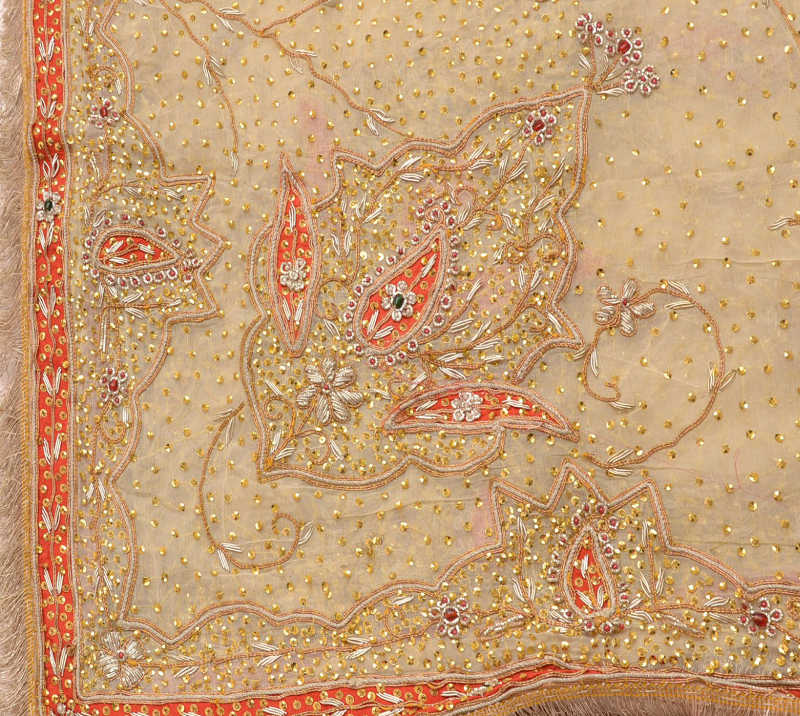===
0309,
1
===

=== |
 |
kahīñ : 'Somewhere; anywhere; wherever, whithersoever; —ever, anyhow, by any chance; ever-so-much, far, greatly; —may be, perhaps, peradventure'. (Platts p.808)
FWP:
SETS == KAHAN
MOTIFS
NAMES
TERMS == PATTERN; REPLYWhen Qa'im speaks of a 'patterned' [ṭarḥī] ghazal, he means one in the same 'pattern' (meter, rhyme, refrain) that he himself is using for his own verse. That's how his verse can be recognized as a 'reply' to that particular ghazal of Mir's.
The refrain of kahīñ (see the definition above) gives this ghazal a slight twist at the end of each verse, because of the colloquial expressiveness of this versatile, unpredictable, sometimes even emotionally effective word. After all, it's made from kahāñ plus hī , and kahāñ is almost as versatile as kyā .
Note for script fans: In the first line to could be read as tū . Since the syllable is short, to me to just seems more appropriate in that metrical setting. But I don't see how one could tell, and in this case it really doesn't seem to make much difference. Similarly, sun could be an intimate imperative, or a case of kar deletion; here too, it hardly matters.